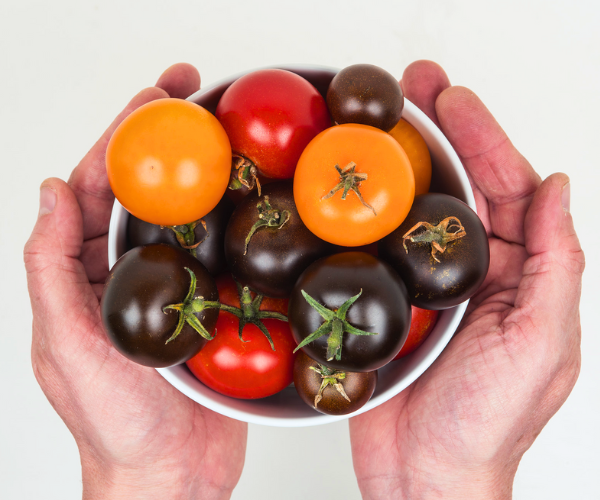Fishing' for new plant immune receptors
Scientists at The Sainsbury Laboratory and the Research School of Biology at the Australian National University have developed a new method for the rapid identification of plant immune receptors.
In a recent paper, published in PNAS, the team outlines a new method to ‘fish’ for immune receptors by using co-receptors as ‘bait’. To confirm its efficacy, the method was used to isolate a previously unknown immune receptor from wild tobacco, which was found to provide plants with anti-bacterial disease resistance.
Plants have the ability to perceive pathogen-derived molecules, which are often highly conserved molecules that are important for the pathogen’s physiology. Immune receptors at the surface of plant cells can recognise these molecules and activate plant innate immunity.
If immune receptors can be identified and isolated, they could be engineered into crop species to enhance the crop’s ability to fight off a wider range of diseases. However, immune receptors are notoriously difficult to identify, and relatively few are known. Identifying more immune receptors will be crucial to enhancing disease resistance in crops and reducing the need for chemical spraying.
One such conserved bacterial molecule, cold shock protein (csp), which can be recognised by immune receptors in plants from the nightshade family, was identified around 10 years ago. Yet, the corresponding plant immune receptor that detects csp has never previously been identified.
As with other known immune receptors, the defence response of plants to csp has been shown to rely on a co-receptor, BAK1. This means that in the presence of csp, the unknown immune receptor interacts with BAK1 to trigger the defence response.
Professor Cyril Zipfel said, “Thanks to our recent work on plant immune receptors and their corresponding co-receptors, we hypothesized that one could use these co-receptors as molecular bait to biochemically ‘fish-out’ novel immune receptors. It worked, and we now look forward to using this approach to identify further immune receptors in a number of diverse plant species.”
Associate Professor John Rathjen said, “Most plants are resistant to infection by most pathogens. This new method allows access to a host of new resistance genes that could never be identified by traditional genetic means.”
The receptor, which has been called CSPR, was proven to contribute to anti-bacterial disease resistance, both in tobacco and when transferred into another plant species that normally lacks this particular immune receptor. This work further demonstrates that the transfer of cell-surface plant immune receptors across botanical plant families, an approach which Prof. Zipfel has pioneered, is a promising avenue for engineering plant disease resistance.
Read the paper here.


